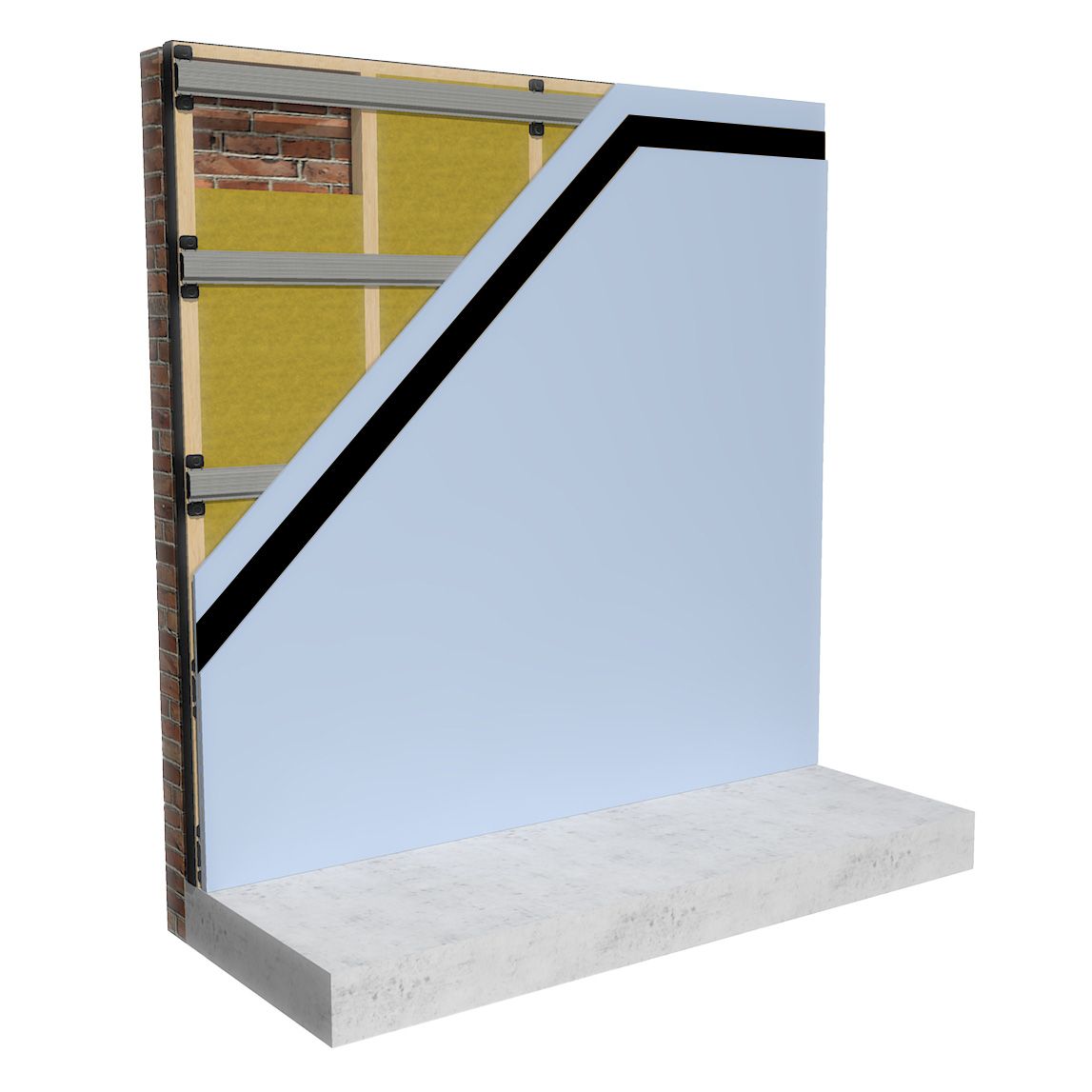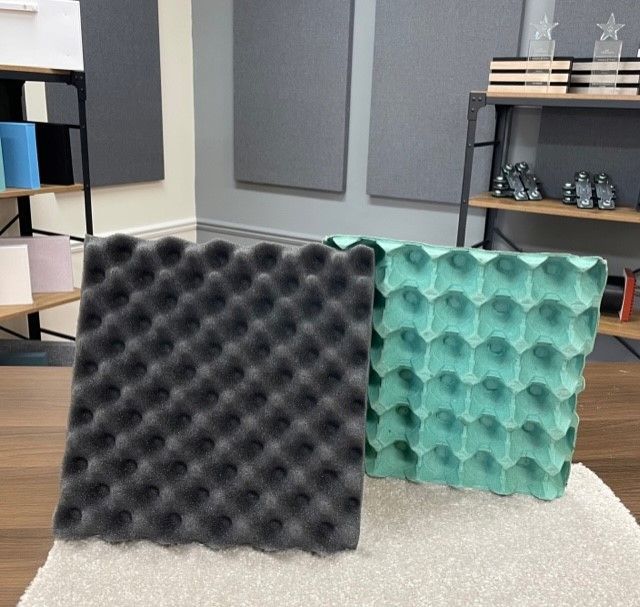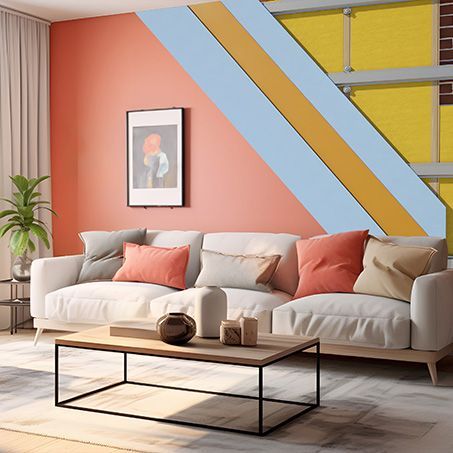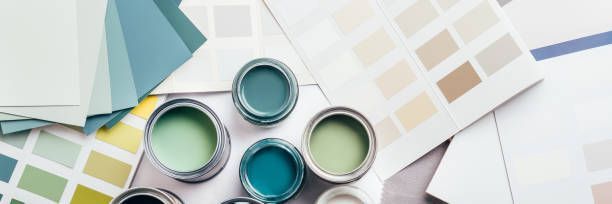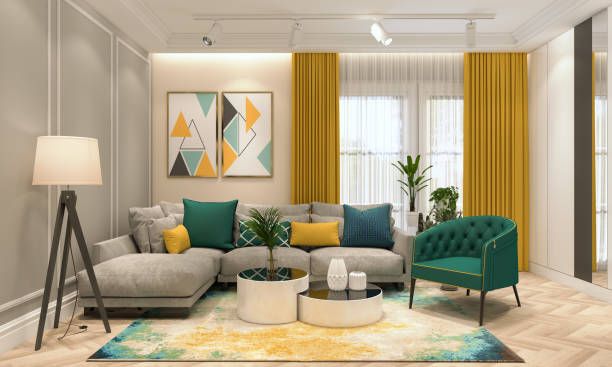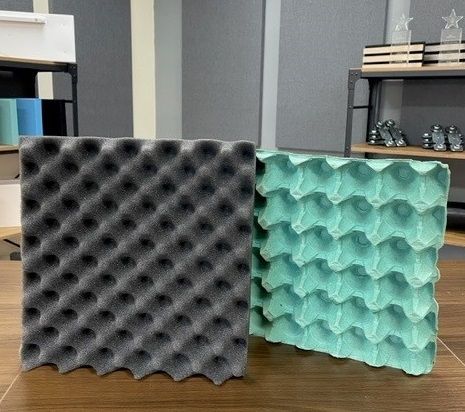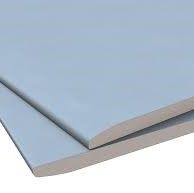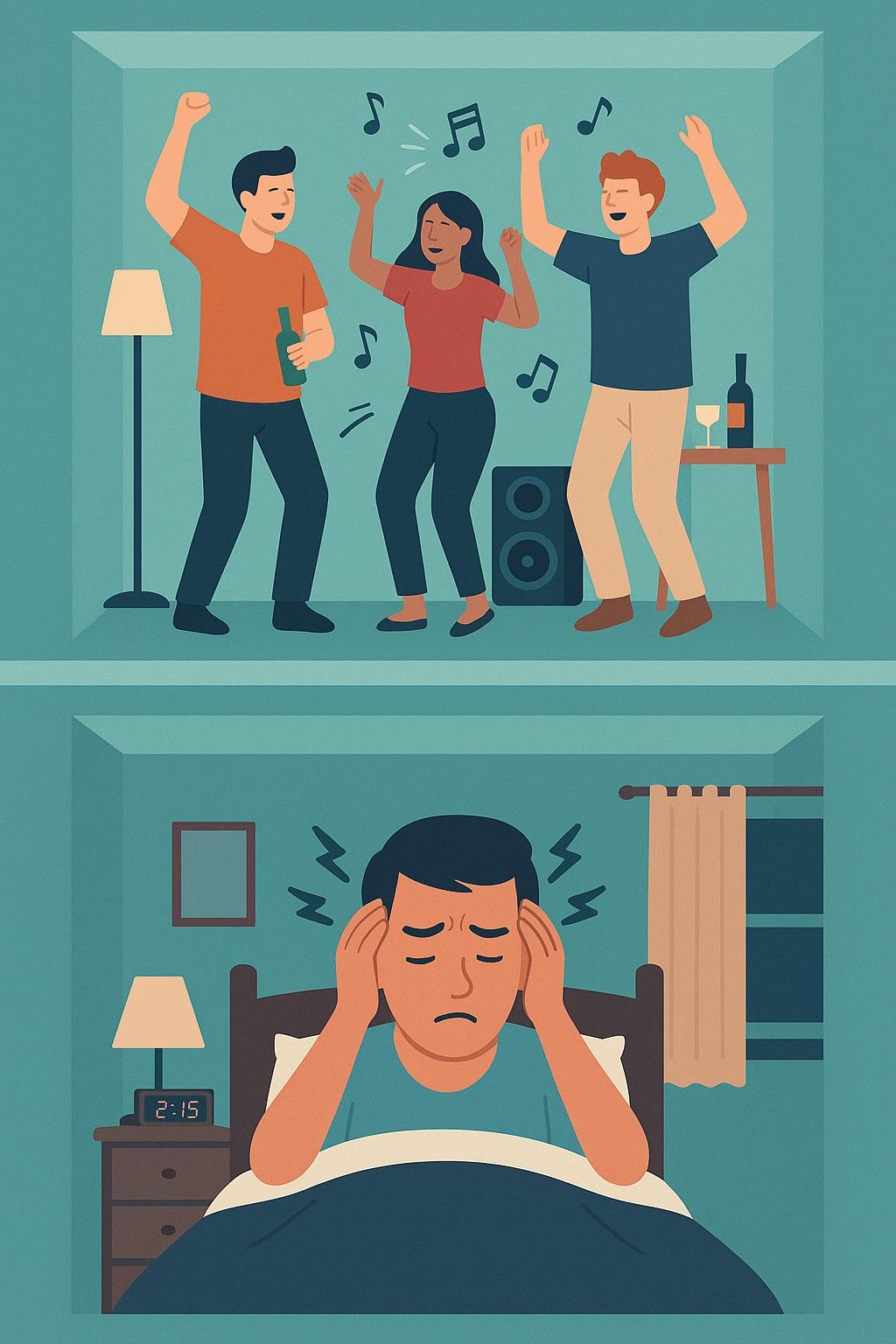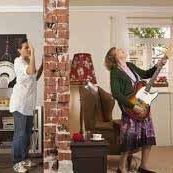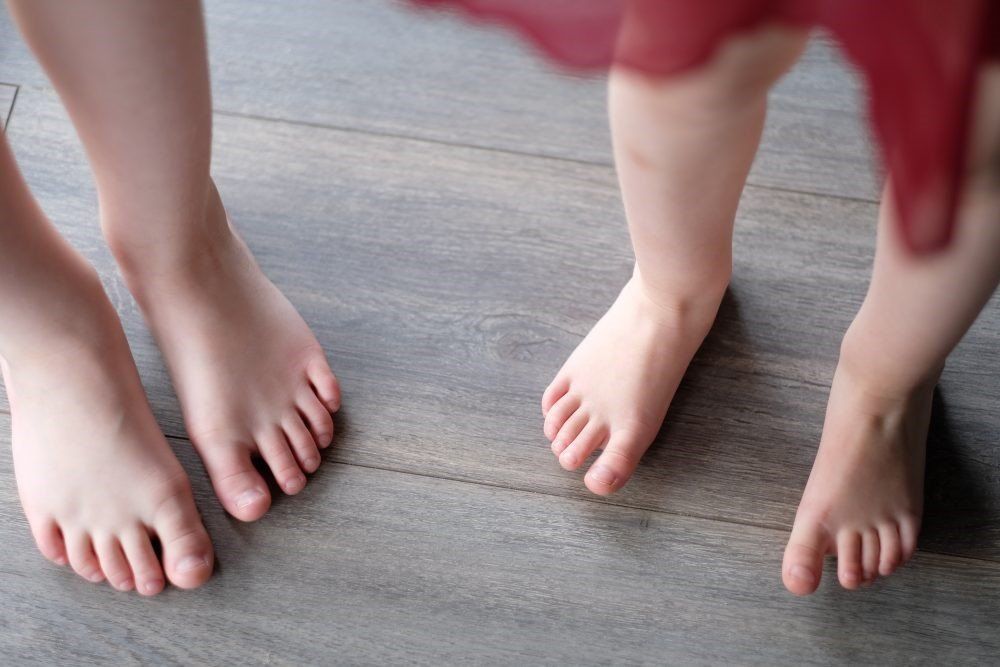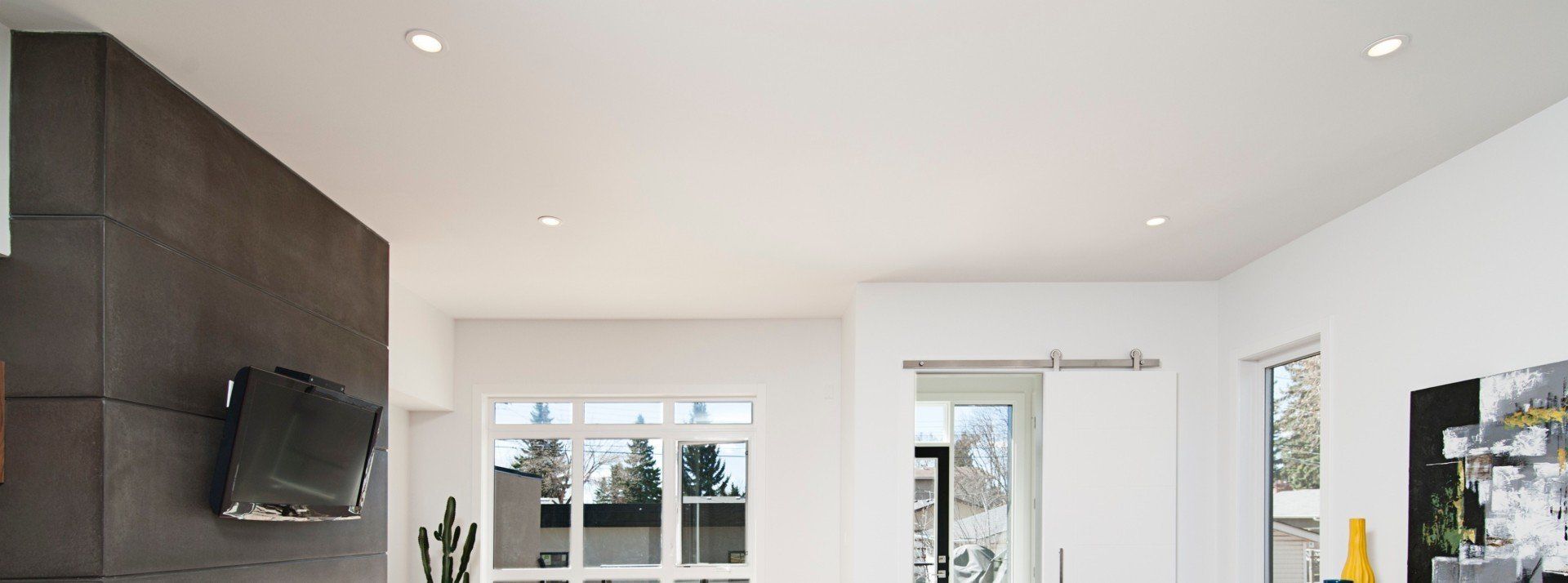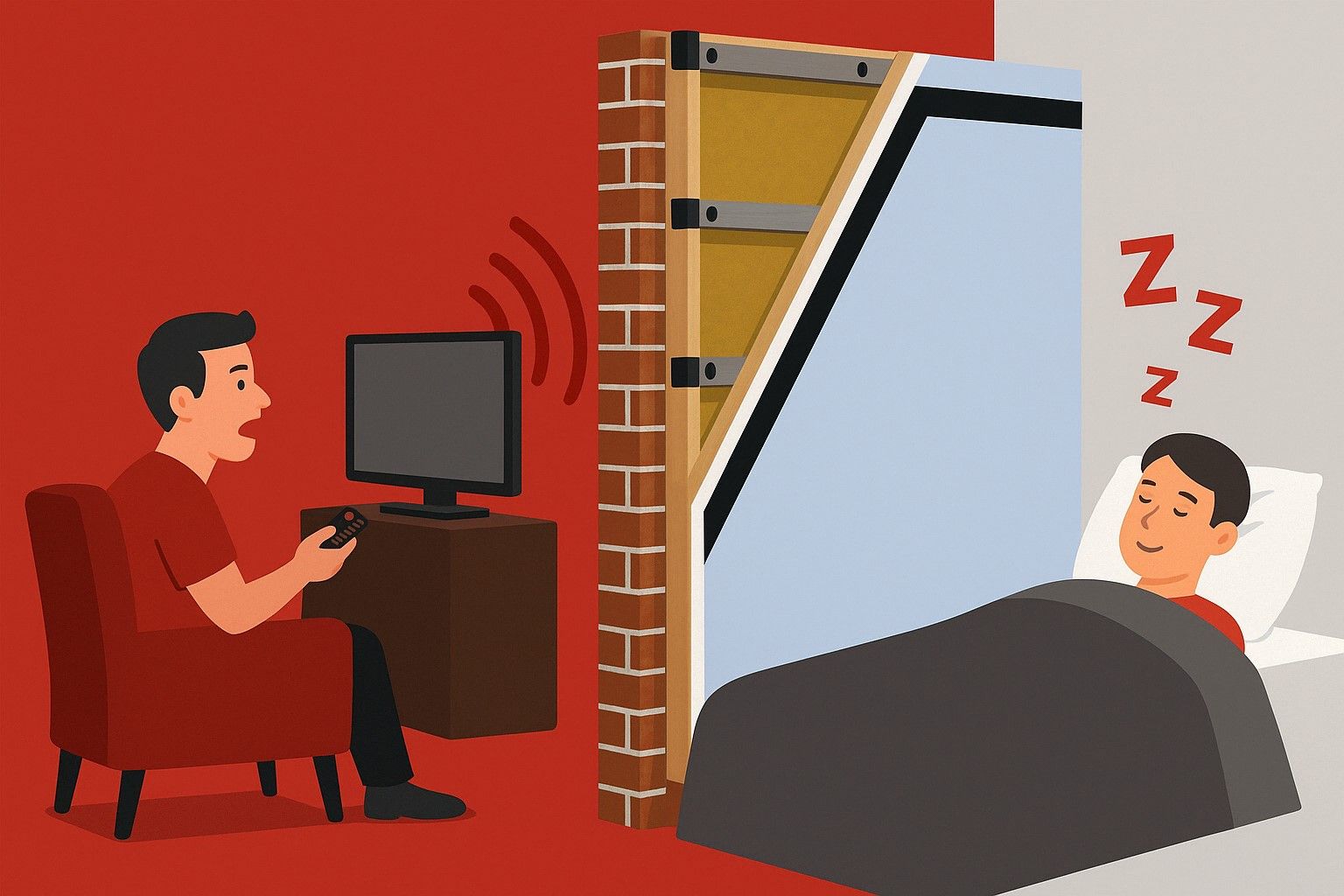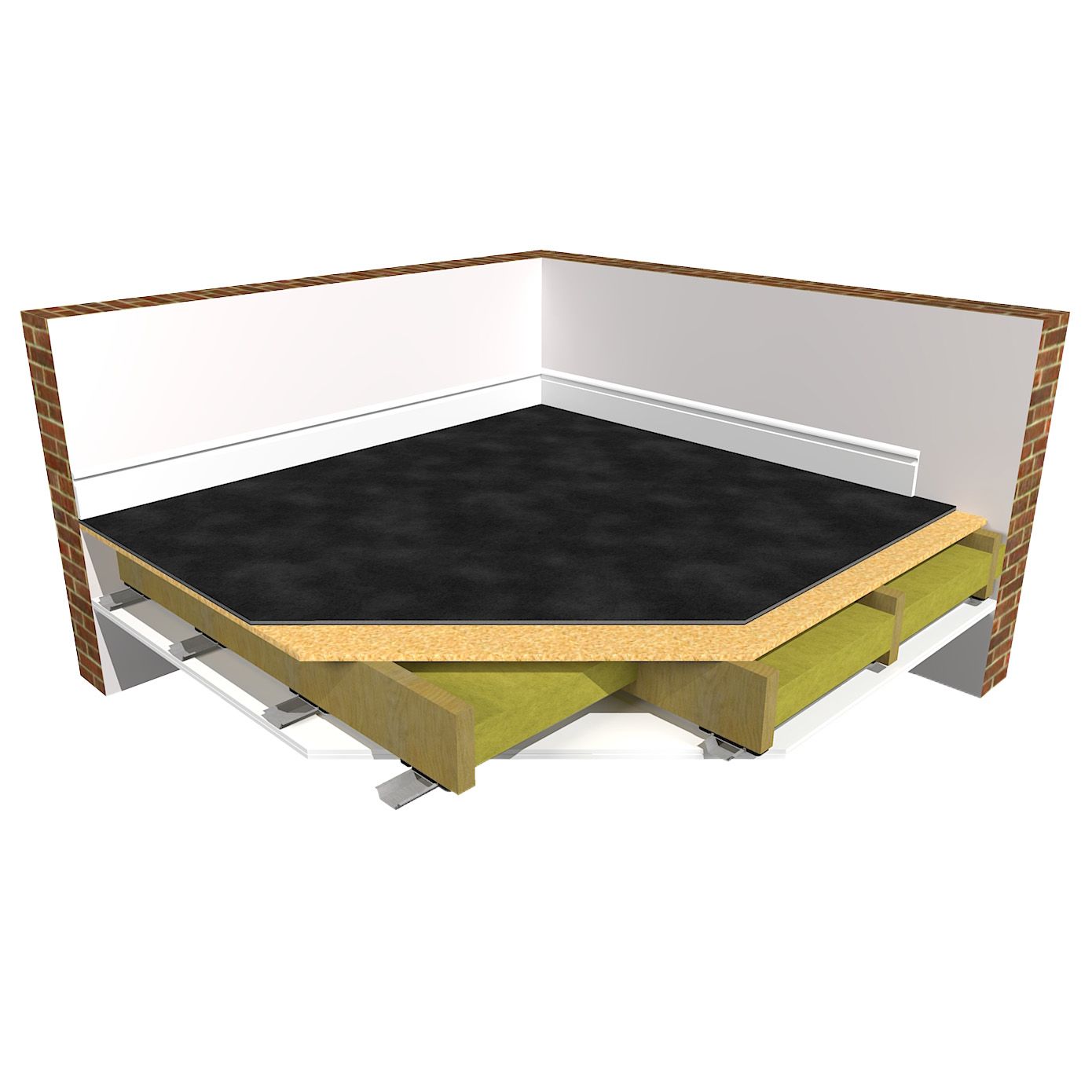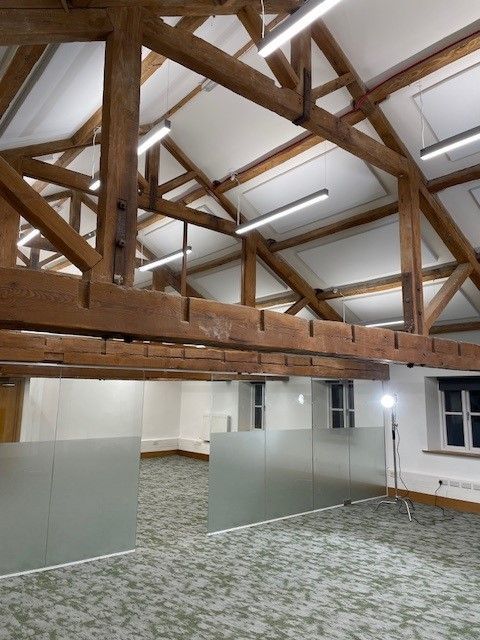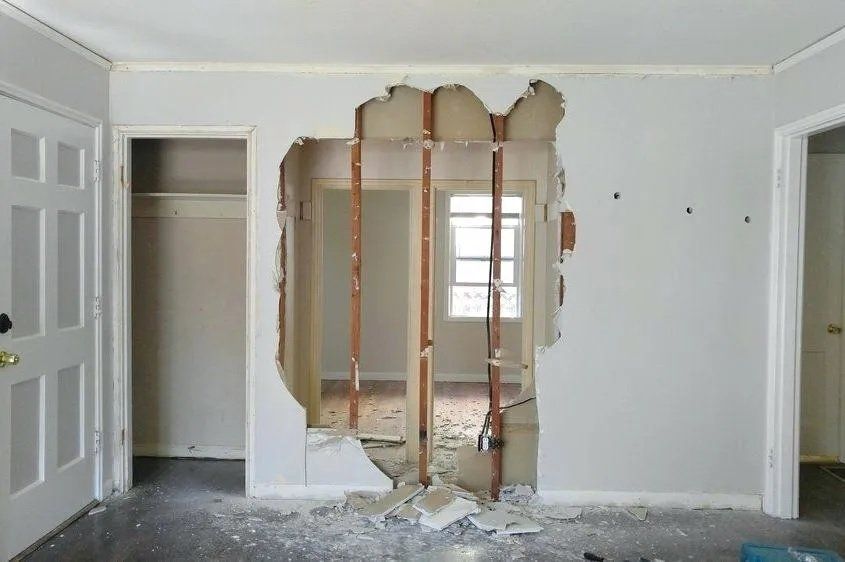Cheap Soundproofing Hacks - the do's and don'ts
The internet is full of articles, blogs, YouTube videos and cheap soundproofing hacks promising quick, easy and cost saving ways to soundproof your room. The big question is, do they work?
In this article we’ll focus on the most common of these hacks and explain why they aren’t always the miracle cure they claim to be. In fact, more often than not, they’re less of a hack and more of a myth!
Cheap soundproofing hacks uncovered
How does soundproofing work?
Sound and soundproofing is a very complex subject and to know if a soundproofing hack is going to work or not, it's useful to understand the basics of soundproofing and the science behind it.
To get the best results when soundproofing a structure (e.g. a wall) there are 2 main objectives:
- The first is to increase the mass of the structure. Mass is basically weight and density and is very important for blocking sound. For instance, 300mm of concrete is going to naturally block a lot more sound than 10mm of timber, because it has many times more mass. Therefore, an effective soundproofing system needs to add lots of extra mass to the structure. It is also important that the extra mass covers the entire wall, floor or ceiling that is being soundproofed. A barrier is being created to block the sound and if there are any gaps for air to get around the soundproofing, then sound can get around too. Think of soundproofing like waterproofing, it’s only as effective as the weakest point.
- Secondly, it's essential to improve the ability of the structure to absorb and dampen sound energy. Sound is a vibration energy and vibration travels through solid materials and transfers through the contact of solid materials. This means when you create a sound on one side of the wall, the vibration energy of the sound travels straight through the wall to the other side. This is why, if you have a party wall separating your home and your neighbours it's not uncommon to hear unwanted noise, such as their TV, radio, footsteps or voices.
What is the best way to soundproof a wall?
There are two ways to reduce the sound vibration mentioned above and the best way is through de-coupling.
In other words, building another wall in front of the existing wall with a gap in between. This makes it much more difficult for any sound vibrations to travel through, because it needs to jump across a physical gap.
The second is to add resilience to the wall, allowing the wall to flex and dampen the vibration in the same way as the suspension springs in your car dampen the effect of bumps in the road.
The most effective soundproofing will do both of these and the ReductoClip System is one of the most popular and effective systems on the market. If you’re looking at an alternative which doesn’t de-couple or add resilience, then quite simply, it won’t work.
So, how does the science of soundproofing fit with the many soundproofing hacks out there? Do they or don't they deliver on the above 2 objectives?
Does soundproof paint and soundproof wallpaper really work?
Let’s start with the widespread hack of using soundproof paint and soundproof wallpaper. If we consider the fact that a typical brick party wall has around 300kg of mass per metre square, can we realistically expect that adding a mere 1 or 2mm of wallpaper or paint, (which weigh less than 1kg per metre square) to effectively block any more sound?
If we approach this from a scientific standpoint and examine the principles of soundproofing, the answer becomes clear - no, the addition of wallpaper or paint, which weighs next to nothing will not block sound.
Not only does paint fail to contribute any additional mass to the wall, it also doesn’t de-couple the wall or dampen any sound energy vibrations.
It's important not to be misled – soundproofing paint or wallpaper does not exist. Save yourself the trouble and avoid wasting your time and money on any paint or wallpaper claiming to be soundproof.
How to soundproof a room with carpets and curtains
Another popular hack involves adding soft furnishings, such as carpets, curtains, and rugs to a room.
These items are often recommended for their supposed soundproofing benefits, which is actually misleading. This hack can be quite deceptive as it clouds the distinction (and confusion) between soundproofing and sound absorption.
Soundproofing aims to prevent sound from entering or leaving a room. A practical example would be blocking the sound coming from your neighbours property and stopping it from entering your own space, or preventing the sound within your property from disturbing your neighbours.
Sound absorption on the other hand enhances the acoustics within a room by reducing the amount of echo.
Have you ever moved house and tried to have a conversation in a completely empty room? The sound is much more echoey as the sound is bouncing off the hard surfaces creating echoes of the original sound and reverberating round the room.
However, once the room is furnished there is less echo as some of the sound is now being absorbed by the curtains, carpet, cushions etc.
By adding soft furnishings to your room, you can reduce the echo and improve the acoustics. It's important to note though, that this won't prevent sound from outside the room from entering or sounds from inside the room from escaping.
The difference between soundproofing and sound absorption
Can you soundproof a room with egg boxes or foam tiles?
A similar hack to the addition of soft furnishings is advocating the use of egg boxes and the modern equivalent, foam tiles. You’ve probably seen YouTube videos where people have these on the walls in the background and people often assume that it’s soundproofing.
Again, they are very lightweight, so they don’t add mass to block sound, and they don’t cover the whole surface so sound goes around them. They also don't add any resilience, or decoupling and therefore, the answer is no, you can't soundproof a room with egg boxes or foam tiles.
Once again, what egg boxes and foam tiles do is help with sound absorption. If you add these around the room they will help to some small degree with reducing echo in the room, but they definitely don’t stop sound getting in or out.
If your goal is to enhance room acoustics and minimise echo, there are more effective products available for you to use. The video below showcases a variety of high performing acoustic treatment solutions:
High performing acoustic treatment solutions
Is adding acoustic plasterboard a quick and cheap soundproofing fix?
Another soundproofing hack and quick fix which is bandied around is that of simply adding layers of acoustic plasterboard to the offending wall to help soundproof it. This will add some extra mass to the wall, but won't add any of the de-coupling, isolation or dampening which is crucial for effective soundproofing.
The best way to think about acoustic materials such as plasterboard or acoustic mineral wool is that they are ingredients used for soundproofing, they are not soundproofing on their own.
Soundproofing is a bit like baking a cake. You need the correct mix of ingredients, in the correct quantities and put in the correct order to get the result you need. (A bowl of sugar on its own will never make a cake).
Using the cake analogy, acoustic plasterboard is a useful soundproofing ingredient, but to get the desired result, you also need other ingredients, and to use those ingredients in the correct way and in the correct order.
Simply putting acoustic plasterboard straight onto the wall is not going to block any more sound. If you have noisy neighbours and a solid party wall the wall will already be performing at a certain level blocking the sound (even though you can still hear unwanted noise). The addition of a layer of acoustic plasterboard will not make any significant improvement to how the existing wall is performing.
This is where tried and tested soundproofing solutions come into play. Systems like the ReductoClip System (as demonstrated in the video below) can significantly improve the wall's ability to absorb and block sound:
Soundproofing do's - the best way to soundproof a wall
Cheap soundproofing
Cheap soundproofing isn't a hack as such, but it's important to be wary of “cheap” soundproofing solutions, or companies promising soundproofing for every budget.
The hard truth is that your noise problem doesn’t care what your budget is. The soundproofing system you need is determined by the type of noise problem you have and the construction of the building. This means there is different criteria that needs to be met to solve different noise problems.
The correct solution may cost more money or take up more space, but this needs to be done to solve the problem. If you don’t have the budget for the correct solution, you would be better to wait, save up your money and eventually do it properly and solve the problem. This is preferable to rushing into buying a cheap solution that isn’t suitable for your noise issue, as you’ll only be disappointed in the results and will have wasted your money.
Every situation is different, and in some cases, a thinner, simple, more cost effective solution is going to be enough. However, this should be determined by your situation, not your budget.
Remember the old saying “you get what you pay for” - in soundproofing, this is certainly true.
The do's and don'ts of soundproofing
There are a number of soundproofing hacks across the internet, which we've hopefully explained are more don'ts than do's!
Do: Make sure to choose a tried and tested soundproofing system. The science doesn’t lie and cheaper alternatives, or quick fixes will only lead to disappointing results.
Don't: Believe all the soundproofing hacks out there. Ask yourself the question - will this add mass, de-couple from the original structure and add resilience? If the answer is no, then it's not soundproofing.
If you’re experiencing an unwanted noise problem and are feeling overwhelmed by options and information, or if you need a helping hand to point you in the right direction, please give us a call and speak to one of our highly trained technical advisors.
You can also find a wealth of honest and accurate information on our website at soundproofingstore.co.uk
Share
"We don’t expect you to become an overnight expert in soundproofing, that’s what we’re here for."
